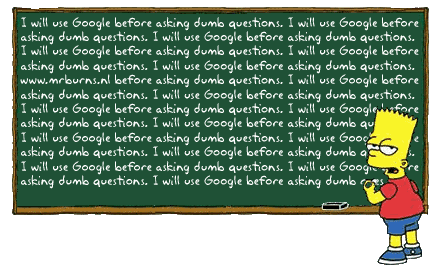This is not my area of expertise but like anyone I can appreciate the vagaries of "flattening." In mentally visualizing it I imagine a paper globe, and for even a one-by-one inch cutout, it still bulges when you set it down; to flatten it out, something has to give. Thus there are the different methods of mapmaking which look dramatically different - even the shape of a country like the U.S. looks much different under different mapping conventions. For just plotting zip codes in the close vicinity of a city - i.e. the one inch case - that bulge is pretty tiny, but exists.
A degree of latitude is approximately 69.1 statute miles (earth shape irregularity actually makes the latitude translation vary from 68.7 to 69.4 but I've set that aside.) But where my proposed method suffers is that longitudes vary according to latitude. Duh and dohhh! Of course, they are zero at the pole, up to circumference/360 at the equator (which is actually a little larger due to the earth's bulge, but 69.1 miles is ballpark).
Admittedly still setting aside that variation and these rounded approximations, it's not too rough a conversion at a given latitudinal point:
one degree = cos(latitude) * 69.1
This still doesn't end the problem because in measuring the distance there are two latitudes. So now I understand the need for the complicated calculation. For a poor man's approximation one might just use the average of the two, and merely looking at a 50 mile radius it would look just as good as the genuine article, but it still wouldn't be the genuine article

Just to finish out my original point, the approximation would be
SQRT( (69.1*(lat2-lat1))^2) + (X*(long2-long1))^2) )
This happens to match the "improved approximation" used at
http://www.meridianworlddata.com/Distance-Calculation.asp
except that they base X on lat1 rather than the average.
That article continues to give the precise answer which Tushar already stated,
"r * acos[sin(lat1) * sin(lat2) + cos(lat1) * cos(lat2) * cos(lon2 - lon1)]
Where r is the radius of the earth in whatever units you desire.
r=3437.74677 (nautical miles)
r=6378.7 (kilometers)
r=3963.0 (statute miles)"
All in radians, of course. And note the different circumference estimate, which is all over the place depending who you ask.
Lots of fun learning, and thanks tushar for reminding me...
P.S. nice conversion link, Tushar.
P.P.S. This is working its way back to being an Excel post. When the O.P. or someone decides exactly what to do, that will help! Despite the fact that it seems we usually "do, then think!"






